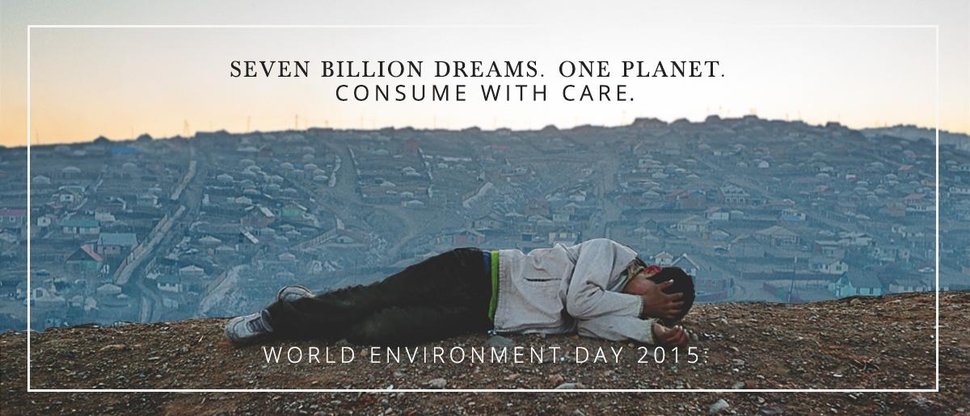Delft, 18th of December 2015, 4 a.m., 11oC.
Walking home on a rather warm winter night, I couldn’t help but wondering how normal this high temperature is. Although, if we look at climate change on a narrow, personal perspective a “softer” winter doesn’t look like such a bad idea, if we take into consideration its impact on the life of billions of people around the world then things change.
The main, global impact of climate change is being a driver of human migration. Although, certain frequently forecasts of the people who stand to be displaced by climate change are not informed by a complete understanding of migration dynamics, still the expected numbers are outrageously high. Historically, environmental factors have long had an impact on global migration flows, as people have left places with harsh or deteriorating conditions in search of better living territories. However, the scale of such flows is expected to rise in the recent years as a result of accelerated climate change. As the world continues to warm, it's expected that global climate change will become the main factor driving people to move: to dodge coastal erosion and sea level rise, to follow changes in rainfall, to avoid strengthening storms. Climate change is already inducing marine animals to migrate, and according to a new study published in the journal Nature Climate Change, it's starting to make people move, too.
Migration due to environmental conditions can have unprecedented impacts on both the local coping capacity and the environment in areas from which these migrants originate, as well as in their temporary or permanent destinations. That’s why a holistic approach is more than necessary, taking also into account other possible mediating factors including, inter alia, human security, human and economic development, livelihood strategies and conflict. Moreover, there are many socio-environmental interactions that need to be managed. Migration can be a coping mechanism and survival strategy for those who move. At the same time, mass migration, can also have significant environmental repercussions for areas of origin, areas of destination, and the migratory routes in between and contribute to further environmental degradation.
EU should apply a comprehensive migration management approach to the complex linkages between climate change and migration. Through different activities, populations exposed to environmental risk factors should be reduced; help should be provided to populations on the move as a result of environmental causes; governments and other actors should build the capacities to face the challenge of environmental migration.
To conclude, we cannot stop the climate from changing but we have the capacity to slow down those changes and to make them far more manageable than they otherwise would be. Climate change affects us all, from the wealthiest nations to those that struggle most with subsistence economies. But we all benefit when we can take collective action.
References
Clionadh Raleigh, Lisa Jordan and Idean Salehyan, Assessing the Impact of Climate Change on Migration and Conflict, Social Development, The World Bank
https://www.iom.int/migration-and-climate-change
http://climatemigration.org.uk/climate-and-migration-in-south-america-call-for-papers-on-climate-and-displacement/
http://www.climatestories.us/
http://www.nature.com/nclimate/journal/v4/n3/full/nclimate2103.html
